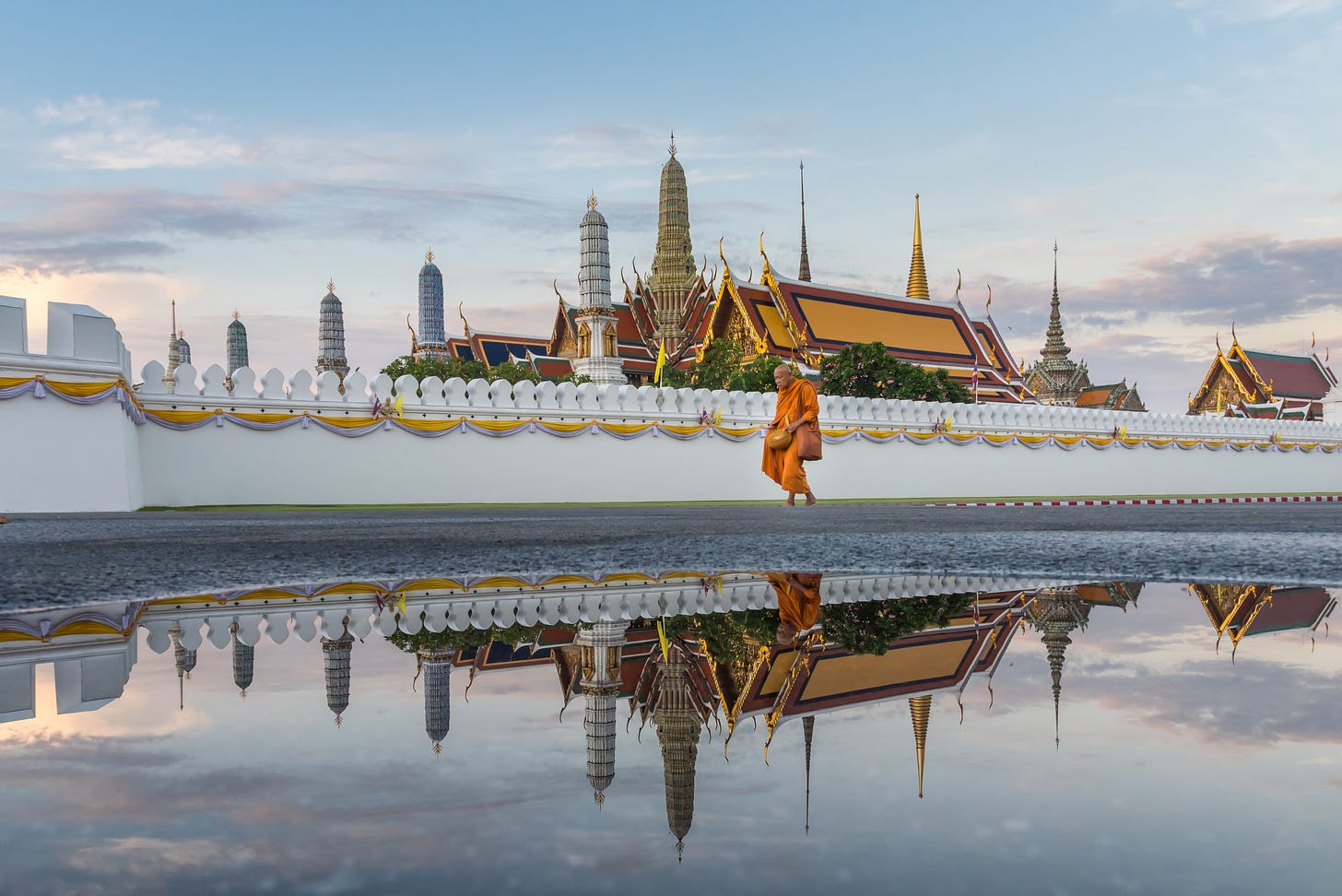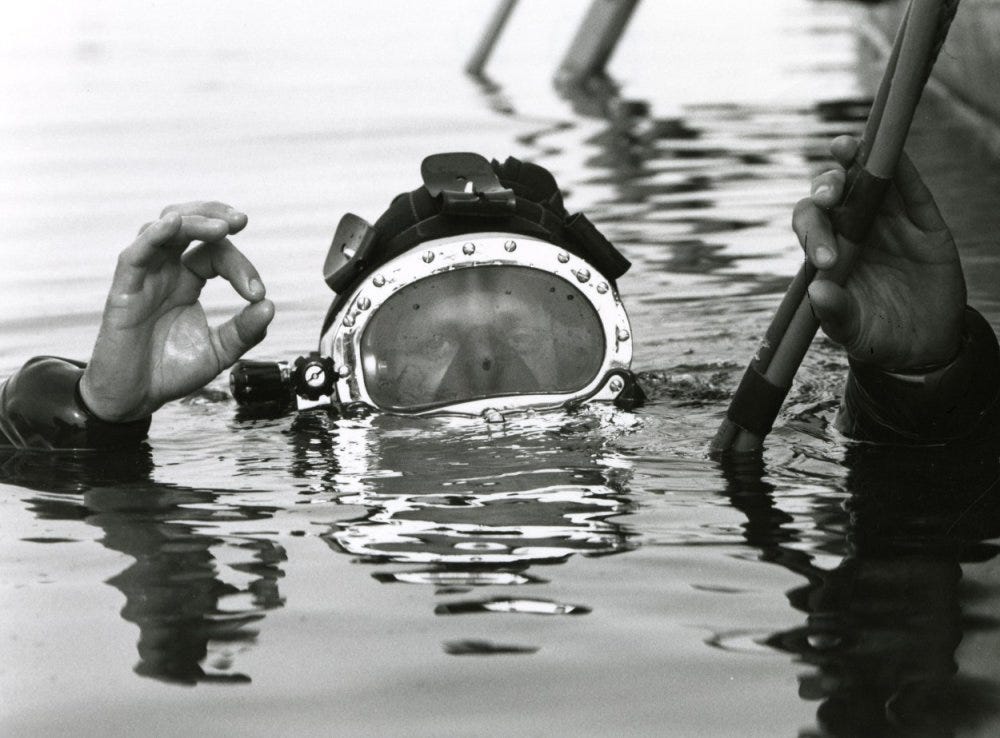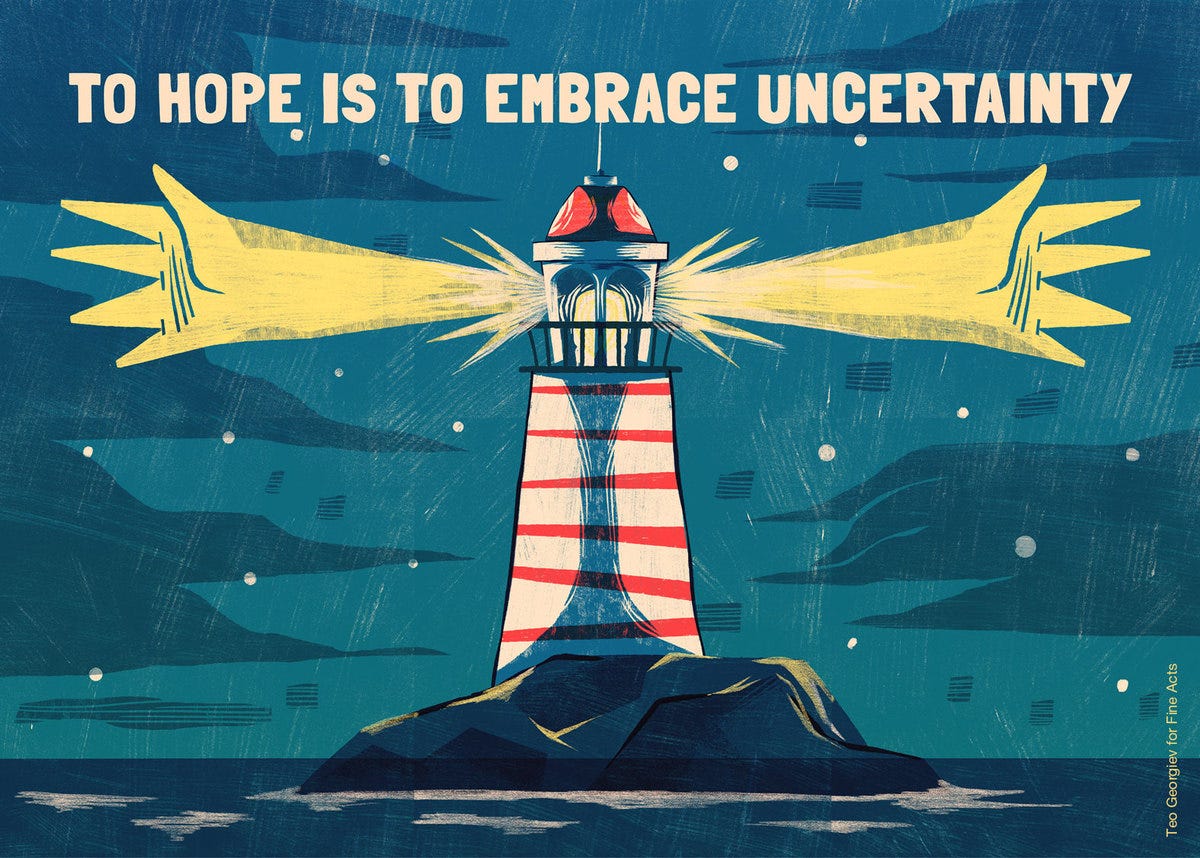
Temple of the Emerald Buddha (Wat Phra Kaew), Thailand. Nawit science, CC BY-SA.
It’s September, and for some of us, this means the first really busy month after the summer break. However, this year, everything is a bit different. We experience dramatic wildfires in the US, new peaks in COVID-19 cases throughout the world, and job insecurity for many in the cultural heritage and arts sector.
How can the GLAM sector help their communities through this time of turmoil? Both of us experienced the last months very differently. We both worked from home, but in very different circumstances: While Medhavi had to spend many weeks with her family in lock-down, Larissa was alone, spending a lot of time in the mountains and forests. It was a stressful time, and it continues to be. When something has become clear during the last months, then it is that we only make through these troubling times if we can build on resilient relationships. And that’s not only true for people - it’s true for institutions as well.
That’s why we put connections in the focus of this issue. We’ll discuss how GLAMs can build connections by digital means, how they can tackle loneliness in their communities, and the balance between strategic planning and creativity.
If you want to know more about Dig It! and what it’s all about: Consider reading the very first issue or our general introduction!
1. Let’s Talk About… Loneliness
Larissa: During the pandemic, a distant way of being in touch has been normalized on a whole new scale. We all knew video meetings, we all have skyped before. However, it’s different to experience the majority of social encounters on-screen, to participate in webinars instead of conferences, and to never meet a colleague at the coffee machine.
Social isolation can have serious impacts on your mental health. We have people in our communities, who live alone, who are unemployed, who are part of COVID-19 risk groups - to sum it up, who really experience a lack of social exchange, now or in general. I have been thinking a lot about what GLAM institutions could do against that by digital means. I really liked the piece by Julia Hotz on creating meaningful relationships while socially distanced and she quoted the psychology professor Dr. Arthur Aron: “[...] one way to find closeness with strangers is to ‘do exciting things together’ and share a ‘feeling you have things in common’.” I’ve experienced both of these things in physical GLAM venues, but not online. What could GLAMs do here against loneliness?
Medhavi: The Partition Museum in India has been collecting oral histories from senior citizens and recently shared a BTS photograph that made me smile. In this time, by engaging young volunteers with senior members of society, in a way they’re really creating space for shared experiences.

Larissa: That’s a good point because it also accounts for less digital skills in senior citizens. I also liked the concept of Theater for One, meeting individually with actors in Zoom in short plays. Can’t we make that happen in GLAMs, having personal encounters, not standardized and anonymous, but (a)live online?
Or valuing people’s online contributions as much as the analog support of volunteers: Listen to Effie Kapsalis, quoted in an article on MuseumNext, describing the experience of their digital volunteers: “Serving as a digital volunteer yields the same sense of purpose as our in-person volunteers.” Feeling needed and meaningful simply isn’t bound to the physical realm.
Medhavi: While addressing the larger community is important, cultural institutions could also focus on building stronger, more connected teams internally - and dedicate time to help employees cope with loneliness.
In India, we’re largely never conscious of the distinction between work hours & self-care. In times of the pandemic, the number of meetings has increased, the casual exchanges and conversations have decreased. Employers expect more work hours (now that there’s no travel time) and employees are increasingly feeling digital fatigue. In this sense, our loneliness is heightened, but not addressed. The comfort of chatting with colleagues at a workplace or while commuting might seem significant now.
What are some creative digital interventions that you’ve come across, participated in, or led at your institution? When have GLAMs made you feel less lonely - or even more?
2. Source of Inspiration
Medhavi: The Smithsonian Institution’s Museum on Main Street (a program of the Smithsonian Institution Traveling Exhibition Service), recently collaborated with Hannah Hethmon to produce a series of podcasts and their first season is all about exploring the community’s connections with water.

Diver. Nederlands Instituut voor Militaire Historie, CC0.
Medhavi: In my role as a museum educator, one of my favorite creative inquiry projects has been to explore the river and its connections so I was naturally drawn to this series and quite excited when the trailer first dropped in August. What I absolutely loved is the participation of rural communities and this fantastic way of including their voices to build new knowledge about traditions, customs, and experiences around water. Breaking away from the usual “one-to-many knowledge dissemination model”, this project explores the power of collaborative podcasting (if that’s even a term!) at so many levels.
Larissa: What I really like about projects like these is that museums start exploring subjects together with their communities. This mode of asking people about their perspectives, rather than simply publishing what museum workers think about a topic, and actually making their views part of the podcast, means actually investing time and money into relationships with people. This kind of work, building these relationships, is what I hope is a shift in the GLAM world.
A recent article by Dr. Lauren Vargas really made me reflect upon the term “communities” because it has become such a buzzword in the GLAM sector recently. She wrote, “People may convene as a group, but without investment in relationship building, this gathering is transactional, not a community.” That’s it - you don’t get a community by calling your target group or audience that. You have to invest in long-term relationships. We have to respect communities as the emotional and professional work they need to thrive - online or offline, not just for the sake of the audience, but for the institutions to survive and do well.
3. Favourite Discovery
2020 has been quite a trying year and we could all do with some art hope! Here’s a project that is worth checking out: Spring Of Hope by Fine Acts. They published all the contributions under CC BY-NC-SA. Don’t forget to let us know your favorite piece!

Teo Georgiev for Fine Acts, CC BY-NC-SA.
Medhavi: 🤔 How wonderful would it be if cultural institutions could annually dedicate a fund to commission works on a relevant theme (aligned with their mission) and make all the submissions open access! It would be a way to start conversations or build new connections (and collections).
4. Shout-out to… Jonas Heide Smith
Jonas, Head of Digital at the SMK, the National Gallery of Denmark, recently published an article about their new Augmented Reality filter.
“[W]hile our standard approach is highly efficient and truly healthy for us, it does not necessarily lend itself to off-the-cuff playful experimentation. In other words: We just went ahead and did it.” - Jonas Heide Smith
Larissa: This is a quote that really spoke to me - playful experimentation is so crucially needed in this sector. We need strategy and we need structured processes for sustainable development. However, especially when it comes to designing digital, audience-centered tools, we as a sector need to find a better balance between strategic thinking and creativity. We have to make room for experimenting and testing. And we have to accept that some of those experiments will fail. But without those spaces, we will never come up with something truly new and innovative.
Medhavi: Remember that scene from “The Dark Knight” when Alfred nudges Bruce “Why do we fail?... So we can learn to pick ourselves up”. Our institutions aren’t superheroes; in balance with stability, we also need the capability to act dynamically in this rapidly evolving environment. In that light, Jonas’ words echo the courage that should come with creativity.
But at this point, I also wonder what kind of indicators for success new projects such as this have? Cultivating an agile culture, how frequently do we measure progress to maintain productivity?
By the way, if you would like to hear more from Jonas - consider listening to my podcast with him!
5. Upcoming

Medhavi: In collaboration with Creative Commons, Open GLAM, and the Memory of the World Regional Committee for Asia-Pacific (MOWCAP), UNESCO Bangkok is organizing a series of webinars on Universal Access to Documentary Heritage in Asia and the Pacific. The webinars are designed for memory institutions, interested in digitizing and opening their collections under an open license to promote universal access to documentary heritage. You’ll meet me there, moderating a session! Register here and find out more: bit.ly/OpenGLAM2020
Larissa: It’s September. And for a lot of people, this means: It’s Wiki Loves Monuments time! It’s a public global photo competition about cultural heritage monuments. I have taken part in it last year for the first time, trying to settle in my new home in Sweden. It was a great way for me to get to know my surroundings - and it has made me feel part of a larger community of people. Check out the website and browse through the photos you’ve recently taken. (By the way - our head image was one of the winners last year!)
Consider sending in a proposal for Europeana 2020! The conference takes place online between 11-13 November 2020 and focuses on topics such as empowering digital change and exploring the role of digital cultural heritage, today and in the future.
Thanks for sharing your time and attention with us - stay in touch!
And if you know someone who might appreciate our take on digital in GLAM, why not spread the word?
Become part of the discussion using #GLAMsDigIt, leaving a comment or via newsletter.dig.it@gmail.com!
See you soon,


